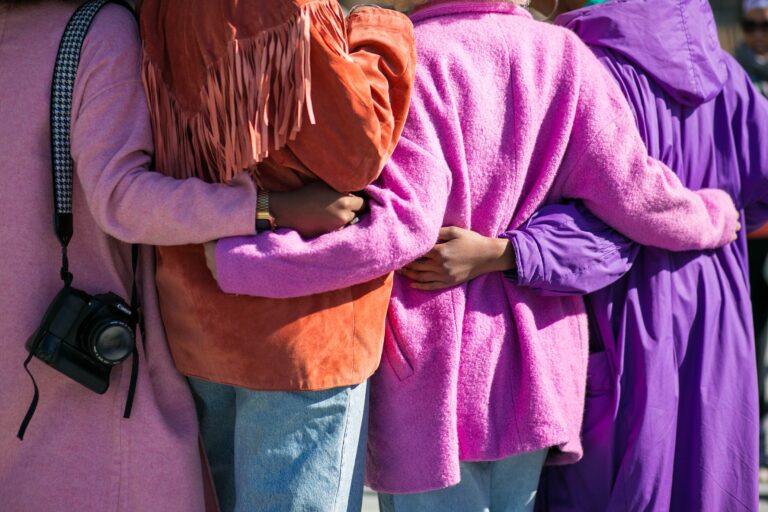Understanding Mutual Aid: How It Can Support Community Success
At Sage Collective, we strive to foster feelings of value, engagement and community. One of the most impactful ways these shared values can be attained is through the action of practicing mutual aid in our everyday lives.
The concept of mutual aid is something not talked about enough, specifically in shared environments. Looking back on the events of the past 18 months, the practice of mutual aid is more important than ever to the continued success and survival of communities like ours all around the world.
What is it?
Mutual aid (often referred to as care webs) is a form of public and political participation for neighborhoods, organizations and groups of all sizes. They provide an avenue for looking after and tending to each other’s health and well-being to create more livable, sustainable environments.
The process and goal of mutual aid is to create accessible and collective care by accepting and sharing mutual responsibility within one’s community space.
Why is it important?
One of the most important reasons why enacting mutual aid in these spaces is such a key to survival is because it helps foster community engagement and social relationships through responsible, collective action. The more people who perform mutual aid in a shared community or group, the greater its tangible benefits spread.
The concept of mutual aid also parallels other values that we hold at Sage Collective, since it lessens the strain on individuals by strengthening the collective will and ability to ensure the success of all. Think about the expression “a rising tide lifts all boats.” That’s mutual aid in a nutshell.
How to practice it?
There are many ways to practice mutual aid in everyday life. Some may practice it in routine activities and others may spend time waiting for an event or specific cause they feel comfortable supporting. The most important thing to remember about mutual aid is that you shouldn’t feel pressured to offer more than you are capable of providing for yourself or your community.
Here are some examples of how to apply mutual aid in your own life:
Offering a space to share information, organizations and resources such as access to healthcare and food services, as well as transportation accessibility.
Taking political action locally by volunteering for campaigns and vocally supporting policies that may help those in your community, or actively supporting movements, protests and funds that help benefit those in your care web.
Practicing mindfulness and sharing resources for anything from mediation guides to suggestions for dealing with anxiety, grief or anger.
Providing communication skills such as being open to offering translation services, if you are multilingual, to those in need. You can also help others with different technology devices and platforms you might better understand, or training and learning techniques in bystander intervention and/or steps for nonviolent communication.
These are all ways in which we can help to foster a sense of connectedness and community among your neighbors and friends in support of uplifting the collective. Everyone has something that they can share with those who could use a little help in the community. Sage encourages you to engage your friends and family to initiate activities that provide others a chance to share their skills and experience with those in need. This isn’t a new concept, it’s simply one that could use a little refreshing.

